
Do not drop, bump, or apply excessive impact (100 m/s2) while handling. Although the body of the controller case may not be damaged, the inside of the controller could be damaged and cause malfunction. 2. The tensile strength of the power supply/output connection cable is 50 N; that of the pressure sensor lead wire with connector is 25 N.
Do not drop, or apply excessive impact (980 m/s2) while handing. Although the body of the sensor may not be damaged, the internal parts of the sensor could be damaged and lead to a malfunction. 2. The tensile strength of the cord is 49 N. Applying a greater pulling force on it can cause a malfunction. When handling, hold the body of the sensor do not dangle it from the cord. 3.
Note 4) (ft/s2) 30/150 (9/150ft/s2) Rated voltage 24VDC, 12VDC, 100VAC, 110VAC, 200VAC, 220VAC (50/60Hz) Allowable voltage fluctuation % 10% of rated voltage Coil insulation type Class B Enclosure Note 5) Dust proof (equivalent to IP40) Power consumption W Note 3) 2.5 (VDW10), 3 (VDW20/30) Note 1) Consult SMC when used under conditions which may cause condensation on the exterior of the
This is a legacy product. Please contact us for the latest version.sales@ocaire.com
This is a legacy product. Please contact us for the latest version.sales@ocaire.com
This is a legacy product. Please contact us for the latest version.sales@ocaire.com
This is a legacy product. Please contact us for the latest version.sales@ocaire.com
1.0 MPa Low wattage type (DC) Max. operating pressure Valve specifications Single 0.15 MPa 0.20 MPa Double 0.15 MPa 0.15 MPa 3-position 0.15 MPa 0.20 MPa Proof pressure 0.15 MPa Ambient and fluid temperature 10 to 50C Note 1) Min. operating pressure Plug lead unit Symbol Lubrication Not required Manual override Push type/Locking type (Tool required) Impact/Vibration resistance 150/30 m/s2
Green LED illuminates Ambient temperature Sensor section: 0 to 150C Amplifier section: 0 to 60C D-M9NJ Impact resistance Sensor section: 1000 m/s2 Amplifier section: 300 m/s2 Standard CE marking, RoHS Oilproof Heavy-duty Lead Wire Specifications (Grommet) Auto switch model D-M9NJ D-M9PJ Sheath Outside diameter [mm] 3.4 Insulator Number of cores 3 cores (Brown/Blue/Black) Outside diameter
.-230 Ryan Way, South San Francisco, CA 94080-6370-Main Office: (650) 588-9200-Outside Local Area: (800) 258-9200-www.stevenengineering.com Acceleration Stroke Cushion seal RHC MK(2) 15 m/s2 5 m/s2 (REB) (REA) RS Q G High precision guide type: REAHT (Double axis) High precision guide type: REBHT (Double axis) RS H A REB REA RZQ High precision guide type: REAH (Single axis) High precision
This reduces noise considerably compared with A much lower air consumption is required than the current model. the current model. 1: Conditions: Unseated for 5 seconds and seated for 20 seconds (For G type) Comparison of detection circuit ISA3 New New Current model (ISA2) A B EXH port EXH port P1 Sensor Sensor SUP port S1 S3 SUP port S2 Sensor S1 S4 S2 Detection port P2 Detection port C D
Do not drop, hit or apply excessive shock (100 m/s2 or more) to the product when handling it. Even if the product appears undamaged, the internal components may be damaged, leading to a malfunction. 2. When mounting/dismounting the cable, use your finger to pinch the claw of the connector, then attach/detach it correctly.
Step Axis Movement mode Speed Position Acceleration Deceleration Pushing force Trigger LV Pushing speed Moving force Area 1 Area 2 In position Comments mm/s mm mm/s2 mm/s2 mm mm mm Axis 1 ABS 500 100.00 3000 3000 0 85.0 50 100.0 10.0 30.0 0.5 Axis 2 ABS 500 100.00 3000 3000 0 85.0 50 100.0 10.0 30.0 0.5 0 Axis 3 ABS 500 100.00 3000 3000 0 85.0 50 100.0 10.0 30.0 0.5 Axis 1 INC 500 200.00
Refer to page 714.) 25 or less 40 or less 5 3 Fluid 2 position single 2 position double 3 position Operating pressure range MPa Ambient and fluid temperature Response time ms (0.5 MPa) Max. operating frequency (Hz) Manual override (Manual operation) Pilot exhaust method Lubrication Mounting orientation Impact/Vibration resistance m/s2 Note 1) 2 position single, double 3 position 2 position
The vacuum aspiration fluence shows the fluence immediately before piping in the actuator. 5 - 3.How to Order 11LEJS 40 A 500 S2 1 10 9 8 7 4 5 3 2 6 *1 (2) Motor type (3) Lead [mm] (1) Size 40 LEJS40 LEJS63 Output [W] Actuator size Compatible controller Type 63 16 A 20 AC servo motor (incremental encoder) S2 10 8 B LECSA-S1 40 100 (5) Motor option AC servo motor (incremental encoder) S3
Move Speed Position Accel PushingF T riggerL V PushingSp Moving F Area1 Area2 In posn mm/s2 mm/s mm mm/s2 mm/s mm mm mm 0 Absolute 100 20.00 1000 1000 0 0 0 100 18.00 22.50 0.5 1 Absolute 50 10.00 1000 1000 70 60 5 100 6.0 12.0 1.5 63 Absolute 20 5.00 500 500 0 0 0 100 3.0 8.0 1.2 6.
Indicator light Electrical entry Lead wire Grommet Oilproof flexible heavy-duty vinyl cord, 2.7 x 3.2, ellipse Switch, 1,000 m/s2 Impact resistance Connector, 300 m/s2 JIS C 4524, JIS C 4525 IEC 947-5-2, NECA 0402 In compliance with IP 67 when coupled 50 M or more (500 VDC Mega) between lead wire and case 1,000 VAC for 1 min.
The unit conversion between SI and conventional units are as follows: Oscillation acceleration 100m/s2 = 10.1972G Pressure 1MPa = 10.1972kgf/cm2 Cylinder thrust/load 100N = 10.1972kgf Standard air: Symbol (ANR) Torque 1Nm = 10.1972kgfcm Temperature 20C {293K}, Air with Moment of inertia 1kgm2 = 10.1972kgcm/s2 an absolute pressure of 760 mmHg Kinetic energy 1J = 10.1972kgcm {101.3kPa}, and
With the 0.1 W specification, the vibration and impact resistance is 10/50 m/s2 or less. Note 3) With the low vacuum specification, the operating pressure range is 1.33 102 Pa to the maximum operating pressure.
(Between lead wire and the case) 1000 m/s2 300 m/s2 Impact resistance 50 M or more at 500 M VDC (Between lead wire and case) Insulation resistance 1500 VAC for 1 minute 1) (Between lead wire and case) 1000 VAC for 1 minute (Between lead wire and case) Withstand voltage Except magnetic resistant 2-color indication type solid state switch (DP5DWL/P5DWSC).
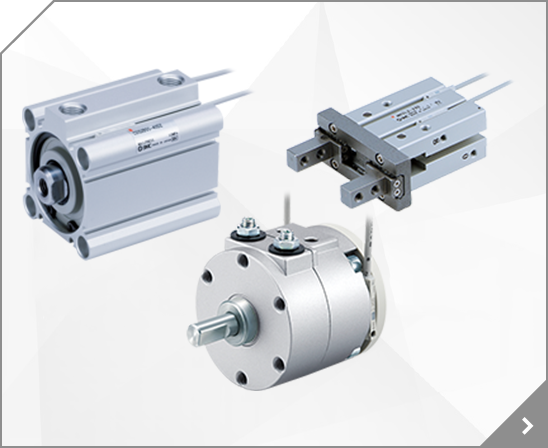
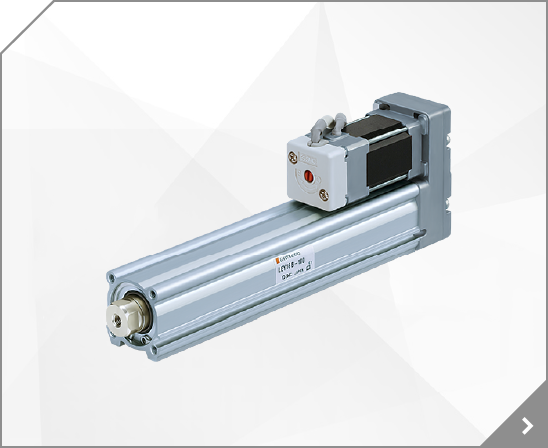
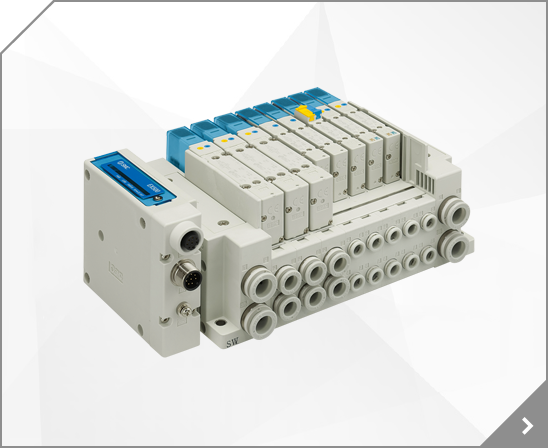
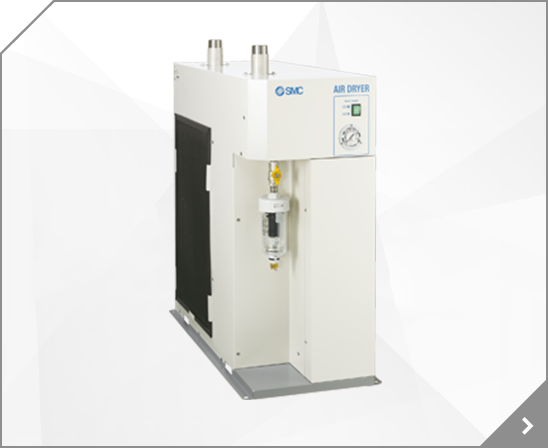
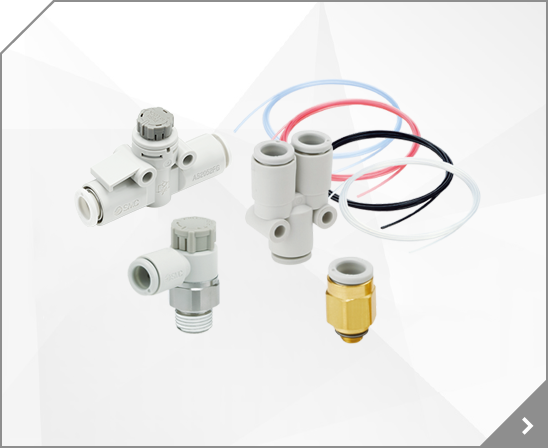

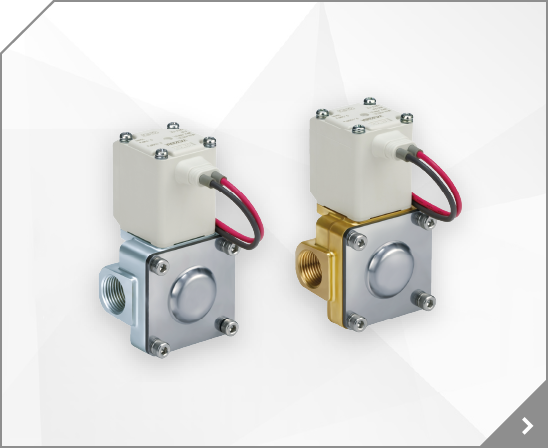

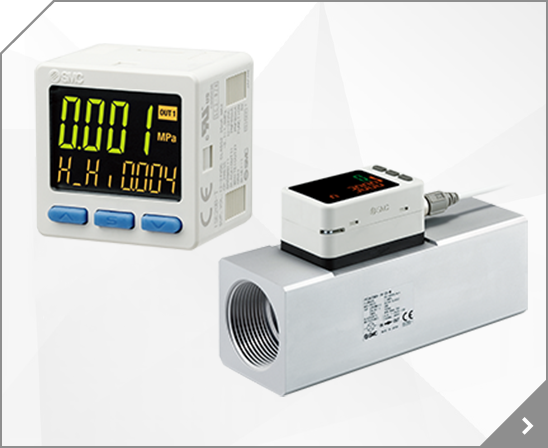
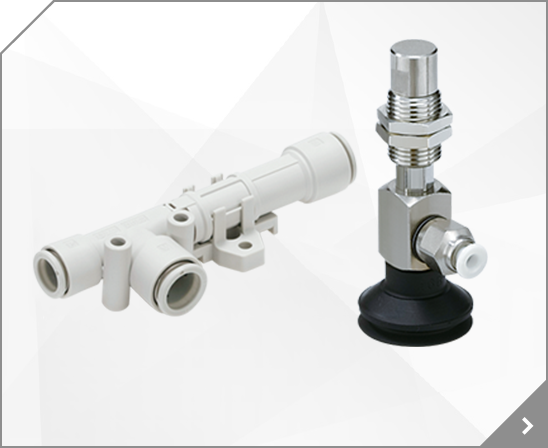

 PSE550/300
PSE550/300